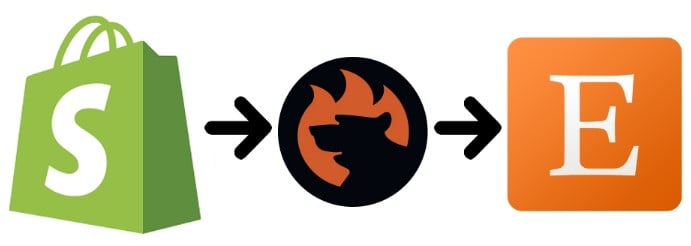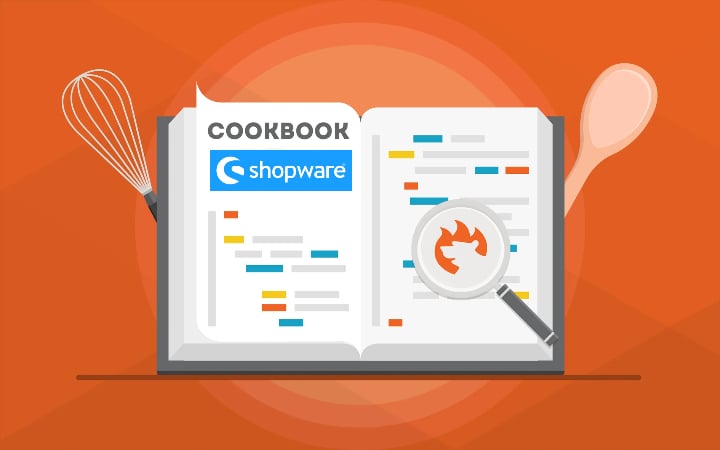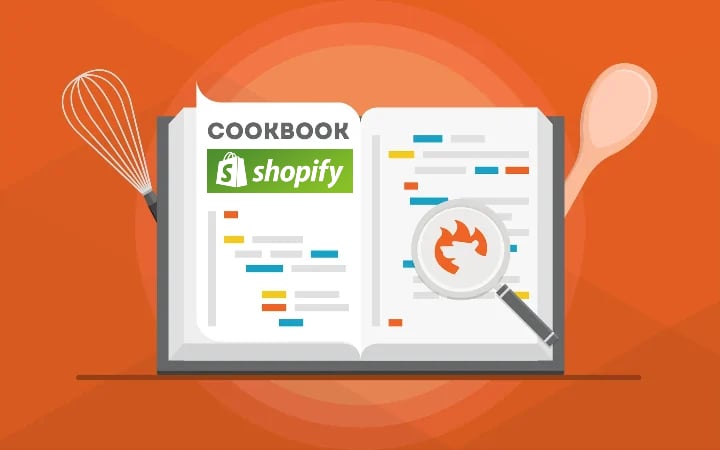Shopify Product Mapping Guide

Welcome to our guide to Shopify product mapping. Since the platform has no built-in mapping instruments, you must rely on additional tools to match product attributes for different data exchange purposes. All core Shopify product metafields, for instance, are mapped automatically if you use Marketplace Connect. Some marketplaces, however, require certain product attributes to be displayed on your listings that aren’t part of your product details in the Shopify admin by default. How to align your product mapping efforts on Shopify with your integration strategies most efficiently? Let’s see!
The following article teaches how to map products on Shopify without headaches. We explain how to create a Shopify product mapping scheme and use it for integrations with various external systems, including marketplaces, ERPs, CRMs, etc., with the help of the Import & Export Tool for Shopify. Below, you will learn how to create flexible schemes for both import and export, automating all further data synchronization. Also, there is a table that contains all product attributes and their descriptions. You will need this information for mapping third-party column titles. Continue Reading





